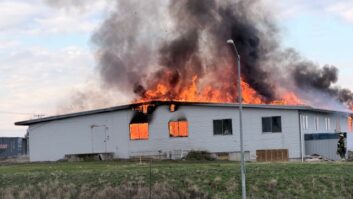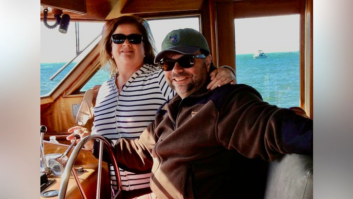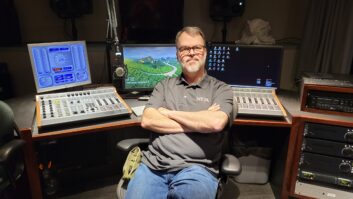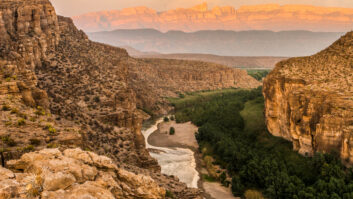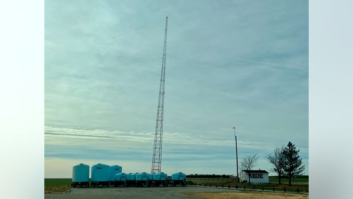The owners of the Detroit Cambria Hotel have taken an outmoded building designed for live radio broadcasting and adapted it to modern 21st century needs. Here’s how that came about.
Detroit’s WWJ was one of the nation’s pioneer radio stations, first broadcasting in August of 1922. It was owned by the Detroit News, a Scripps Family newspaper. The company never spared an expense to make WWJ a first-class operation.
Its first studios were in a few small rooms on the top floor of the Detroit News building, but by 1936 broadcasting had become a big business and WWJ had outgrown its limited space.
The solution was to build a dedicated studio building at 600 West Lafayette Boulevard, directly across from the News building.
Cost, it appears, was not an object. A five-story Art Deco steel-and-concrete structure was constructed, designed by the noted Detroit architect Albert Kahn. Its 70-foot-tall façade was faced with Indiana limestone, with black granite surrounding the main entrance. Two sculptured-granite emblems graced the front of the building, created by Swedish sculptor Carl Milles. A tunnel underneath the street connected WWJ with the News building.
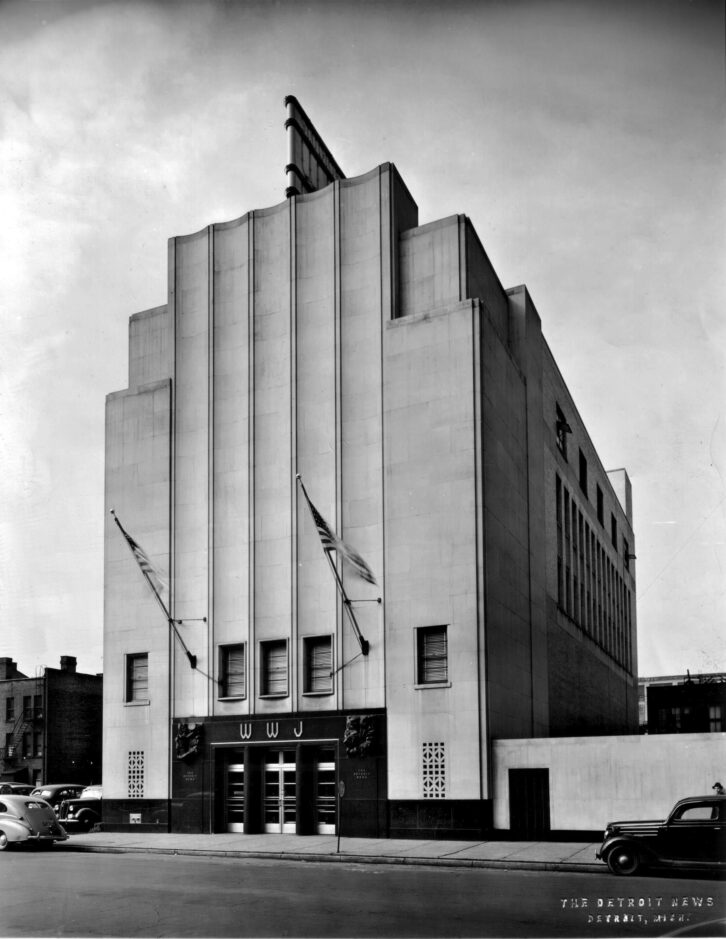
Inside the 55,000-square-foot space, a large auditorium studio occupied most of the first floor, with seating for 350 people. Studio A on the second floor was two stories in height, and could hold an audience of 80. Also on the second floor were two smaller studios, master control and several offices. The third floor contained a sponsor’s viewing room, another small studio, a rehearsal studio and additional offices. There was a large exhibition area and a kitchen in the basement.
In 1951, a major expansion was added to the north, housing the studios and offices of WWJ(TV) (now WDIV, unrelated to the present WWJ television station). The windowless façade of the new two-story addition continued the use of limestone facing but had more of a mid-century modern appearance.
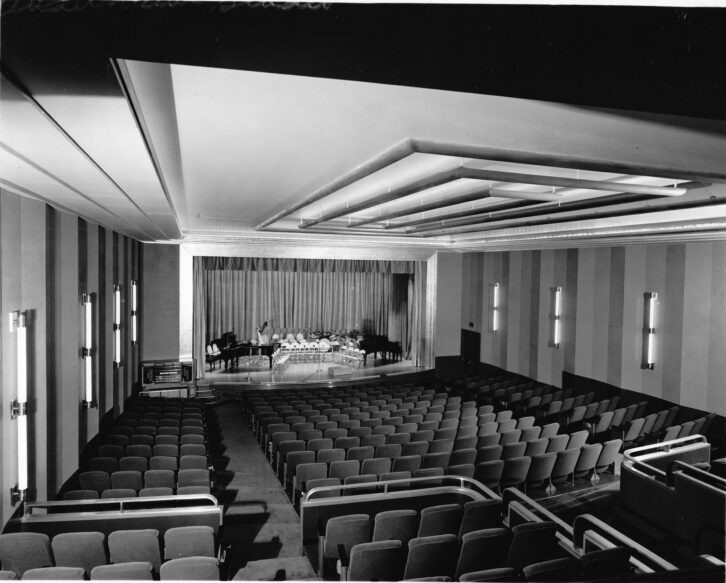
In 1985, The Gannett Company bought the Detroit News but was required by the FCC to sell WWJ/WJOI. The stations were acquired by a group of local businessmen. In turn, they sold the stations in 1989 to CBS Radio, whose lineage can be traced to the present ownership by Audacy Inc.
After WWJ vacated the studio building, it became the headquarters of the American Federation of State, County and Municipal Employees (AFSCME). In 2019, the building was purchased by local developers, who planned to demolish the building and replace it with an 11-story condominium building.
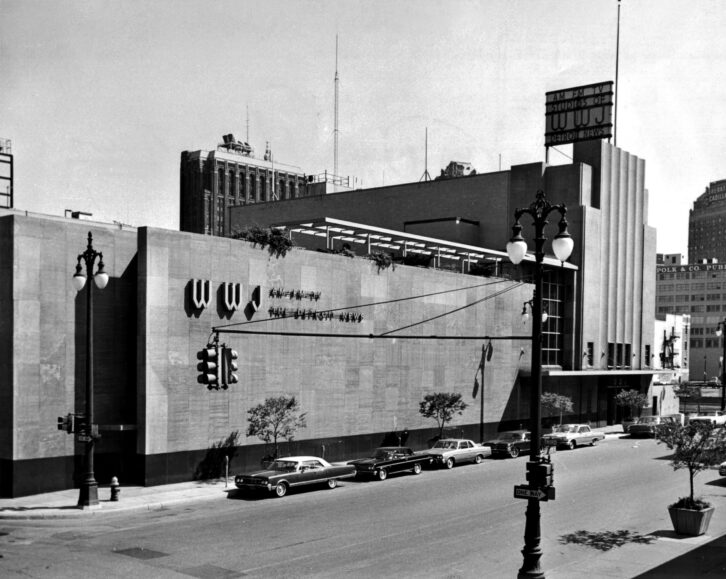
Fortunately, that project failed to attract financing, and so their Plan B was to convert the existing structure into a luxury hotel building.
A new structure, built over an adjoining parking lot, contained the hotel rooms, and the original WWJ radio and TV buildings were converted into public hotel area. The marriage of these three structures became the new Detroit Cambria Hotel.
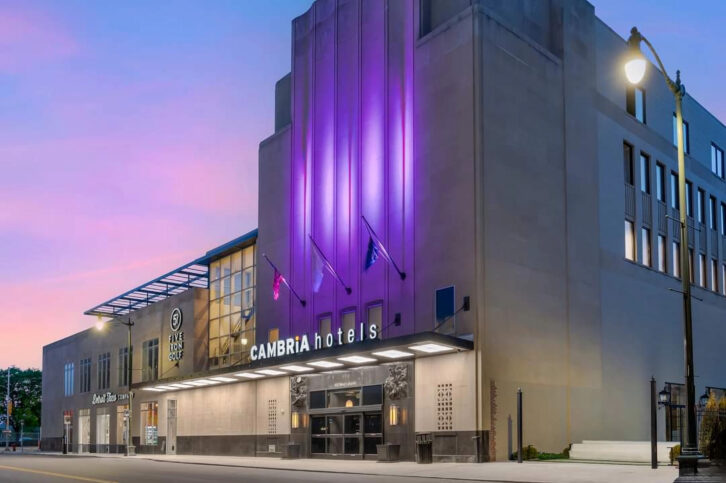
We get the tour
The Cambria’s grand opening was held in October. Radio World was invited to attend the private opening celebration. We had a chance to wander the building and observe how the developers have converted an obsolete radio studio building into a state-of-the-art hotel.
The original auditorium studio has become the Art Deco Sala Ballroom, while the adjoining original TV studio became the Balla Ultra Lounge. Meeting rooms and two restaurants — one upscale and one casual — occupy the remainder of the first floor.
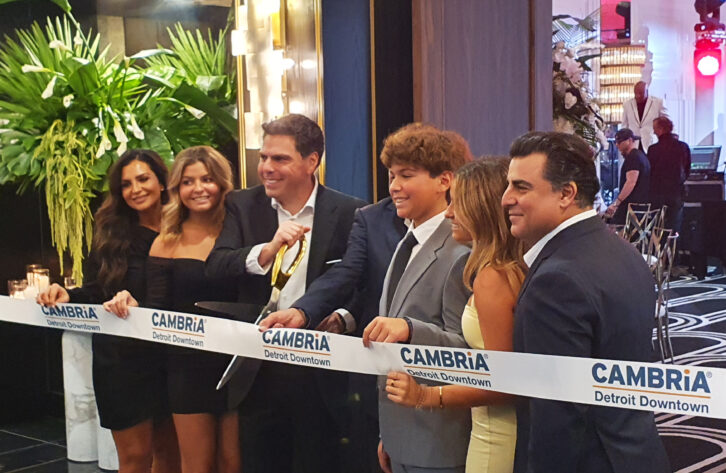
On the second floor, the former studio spaces now house the check-in desk, an elegant lobby bar and a rooftop patio lounge.
The Cambria’s 154 hotel rooms are all accessed down a ramp leading out of the lobby area. The basement now contains “5-Iron Golf,” an indoor high-tech golfing and bowling experience.
While Cambria is the luxury brand of Choice Hotels, a national chain, the Detroit Cambria is locally owned. According to Koucar Management partners Joe Caradonna and Chris Kouza, the $80 million project took four years to complete. Many obstacles had to be overcome to convert a building built for radio, with its 3-foot-thick walls and lack of windows.
The sloping floor of the main auditorium studio posed the biggest challenge, according to Caradonna: “We thought that was just bleachers built on top of a flat floor, but it was all concrete, so we had to literally jackhammer the floor out, redo the floor with all new steel and reinforce it. We do a lot of automotive commercial and convention events, and they want to be able to pull a vehicle in the space, so we had to make it strong enough for a vehicle.”
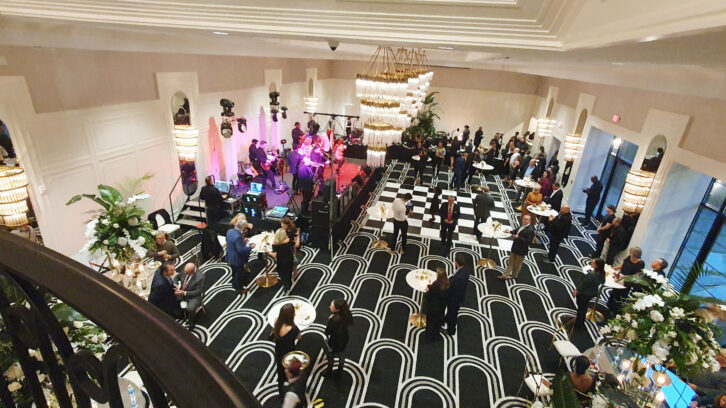
Caradonna expressed his admiration for the sound isolation of the rooms. During the grand opening, although a live band was performing at ear-splitting volume in the Sala Ballroom, the adjacent Balla Lounge was quiet.
We were pleased to note that the original façade of the radio studio building was left intact, including the artistic sculptures depicting the transmission and reception of radio broadcasts.
Moving through the hotel, one can’t help but notice the many touches that pay homage to its broadcasting heritage. In the entrance to the Balla Lounge, the original TV station lighting board is on display behind a lighted glass window; on the ceiling, the lighting tracks and catwalks are still in place.
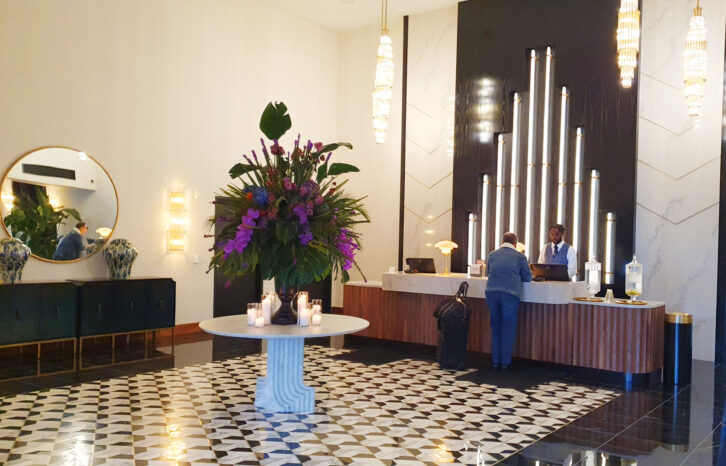
Throughout the hotel there are framed historical photographs of WWJ’s early years. In the guestrooms, one wall is papered with an artistic representation of a sound wave, and there are framed depictions of radio broadcasting on the walls.
According to partner Chris Kouza, “The idea was to take an historical building such as this, be able to convert it and modernize it, and to be able to take damp spaces like the basement and convert them into a Five-Iron Golf. I relied on my partner Joe to be able to convert the HVAC systems. In the basement, you don’t feel like you’re in a basement; it feels lively, not clammy. That’s where the money is going — into the infrastructure that nobody sees.”
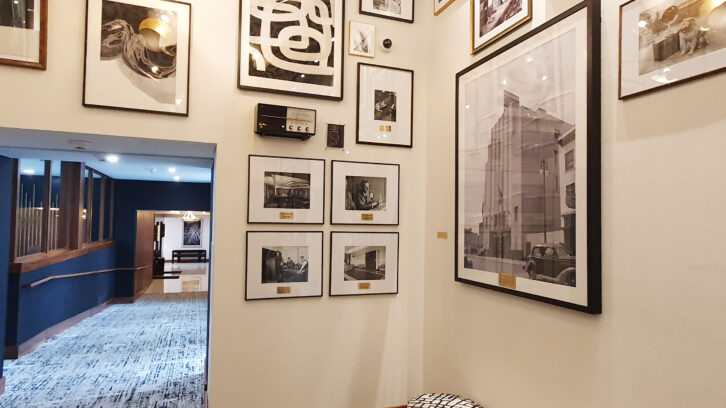
He added, “The city of Detroit is unique in that there is no direct competitor to Cambria in this market. It’s a truly unique product in that it’s affordable luxury, it’s a business class hotel and it gives you a sense of place and a sense of space.”
He said Cambria allows the developer to put his or her own touch on the property.
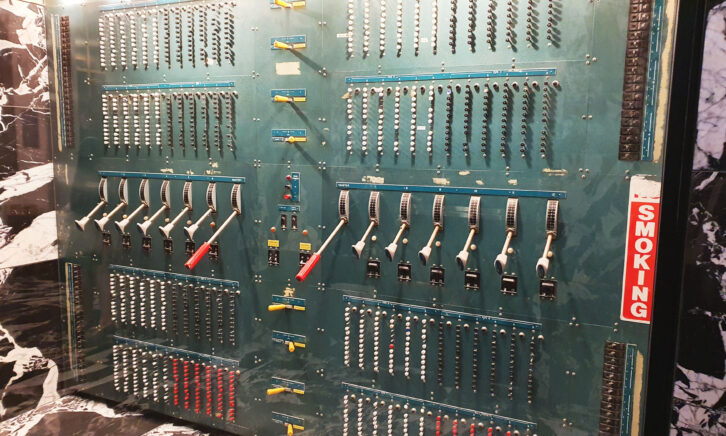
“The one in New Orleans is not going to look and feel like the one in Detroit, it’s going to have its own local spin. However, you still know your sense of place, you know where the check-in is, you know how to get around and mill about, but you’re getting that local flair, that local flavor that no one else can give you except for people who are from that locale.
“That’s why we had the attraction to Cambria, because they really allowed us to be creative in our development phase.”
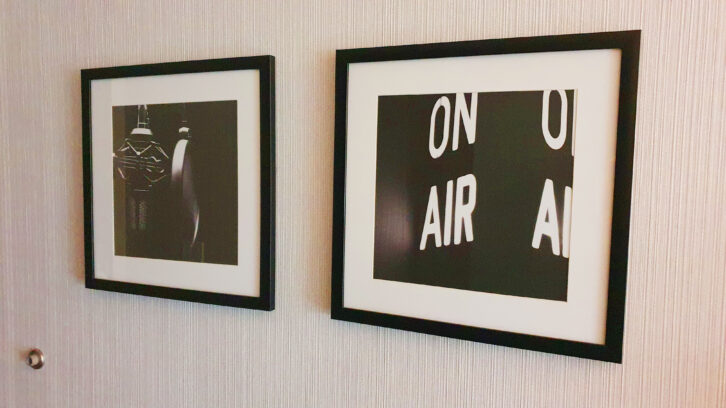
A historic structure was saved from demolition, a fate that other classic broadcast facilities have sadly met. Even in its new life, the Cambria continues to be an important icon of radio and TV broadcasting in the Detroit area. Broadcast executives who have a need to visit Detroit will certainly find the Cambria Hotel a comforting and familiar place to stay.
